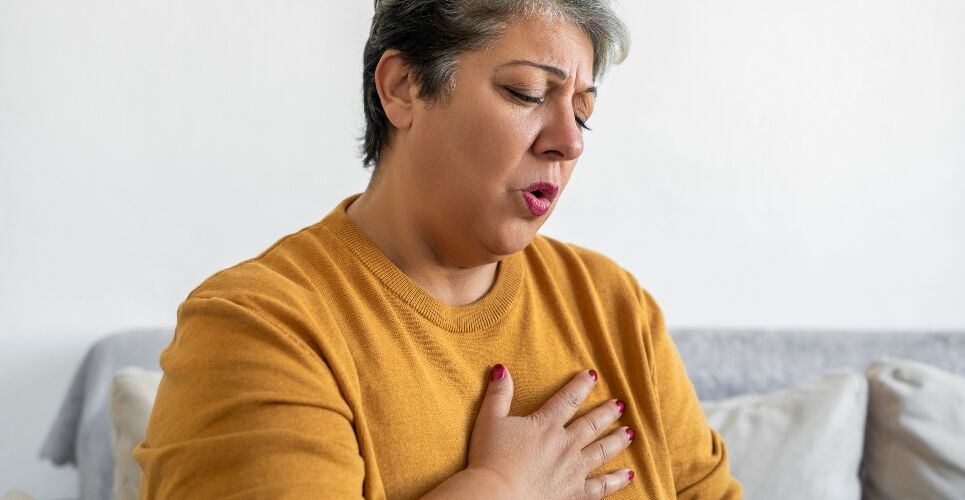NICE has recommended empagliflozin as a treatment option for some patients with chronic heart failure.
The drug (brand name Jardiance) can be considered as an option for treating symptomatic chronic heart failure with preserved or mildly reduced ejection fraction in adults, final draft guidance states.
It becomes the second NICE-recommended treatment for the condition after the approval in June of dapagliflozin, which was also approved in the EU in February.
The European Commission granted marketing authorisation for empagliflozin as a treatment for adults with symptomatic chronic heart failure in March 2022.
An estimated 150,000 people in the UK will now be eligible for treatment with empagliflozin, which should be started on the advice of a heart failure specialist, NICE said.
If a clinician considers empagliflozin to be one of a range of suitable treatments, including dapagliflozin, they should opt for the least expensive after discussing the advantages and disadvantages with the patient.
This should include taking into account the administration costs, dosage, price per dose and commercial arrangements, NICE said.
Chronic heart failure with preserved or mildly reduced ejection fraction is usually treated with standard care such as loop diuretics and treatment for other conditions the person may have, the committee said.
But given dapagliflozin is already recommended as an option, empagliflozin works in a similar way and would be offered to the same population, NICE added.
Evidence presented to the committee showed that empagliflozin plus standard care reduces the combined risk of dying from cardiovascular causes or likelihood of first hospitalisation for heart failure compared with placebo plus standard care, the guidelines said.
But there is no clinical trial evidence directly comparing empagliflozin with dapagliflozin and there were differences in how the trials were done and populations used.
‘When adjustments for these differences are made, an indirect comparison suggests the treatments have similar clinical effectiveness and a similar effect on quality of life,’ NICE said.
Other analyses also suggest the two drugs are associated with similar costs with list prices the same for both at £477.30.
In the first round of draft guidance empagliflozin had not been approved because of uncertainties over cost-effectiveness.
A version of this article was originally published by our sister publication Pulse.

